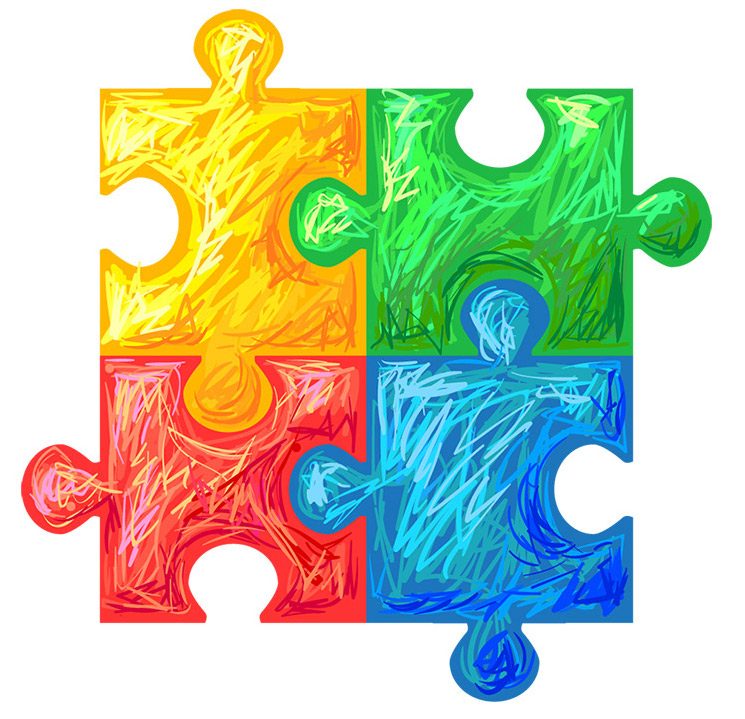13/11/18 – 20/11/18 – Micro Teaching and Dance Performance
In our last two sessions we carried out activities to help us be able to evaluate our experiences with the expressive arts, specifically drama and dance.
Within drama we carried out micro teaching tasks in small groups and presented our mini lessons to the rest of the class. We chose the book ‘There was a wee lassie who swallowed a midgie’ as it creates links to language, culture, rhyme and imagery. Firstly, we read the book to our peers so that they understood the book in case they hadn’t heard it before, we would also have done this in the classroom so that the children could understand the context of the story. After this we carried out some of the different techniques we had been shown and tried out ourselves during our time exploring the arts.
After carrying out our lesson we reflected together as a group on what we think went well and how we could improve the lesson for the next time. We agreed that splitting who lead the different activities was beneficial as we all got a chance at seeing what it would be like to be in charge of the lesson. Personally for me this helped improve my confidence in myself when it comes to the arts as my knowledge and understanding of the expressive arts has improved greatly and I now feel like I would be able to transfer what I have learned into the classroom. This is just one of the many benefits that comes with being involved in the subjects of art, music, drama and dance, it changes how you see what’s around and how you see yourself and makes you realise you’re capable of things you didn’t think you could be.
“I have developed confidence and skills in creating and presenting drama which explores real and imaginary situations, using improvisation and script.” EXA 1-14a (Education Scotland, 2017)
To show us how we can evaluate what we gained from dance we performed our group routine within a routine we created as a class. Starting as a whole class we began the dance and then each group took turns performing what they had created one at a time and then we came together and finished as a class. They way in which evaluated our performance was by filming the routine and watching it back. I felt this was an effective way of evaluation as it allowed us to see what we did well and what we could improve for next time, it also gave us the chance to see the end result of what we had been working towards. This would also be a great activity for the children as well because they would see their hard work and creativity for themselves and feel encouraged to continue their journey and understanding of the arts.
“I can respond to the experience of dance by discussing my thoughts and feelings. I can give and accept constructive comment on my own and others’ work.” EXA 1-11a (Education Scotland 2017)
“One of the most powerful experiences dance educators can offer children is the opportunity to create a dance that reflects their ideas” (Cone, 2009)
When working in the areas of the expressive arts it’s like fitting the pieces of a jigsaw together, the subjects link together in different areas and this is what helps create a circle of endless positive outcomes for children involved in the arts and all the teacher needs to do is start the ball rolling. Giving children the chance to experience the arts it means they will see things in different ways to others, be individual and true to themselves, stand out from the crowd and grow to reach their potential so they can conquer the unknown future.
Reference List:
Cone (2009), Moodle Resource (2018), Integrated Arts in Education, Available at: http://moodle1819.uws.ac.uk/pluginfile.php/45702/mod_resource/content/2/CreativedancePDF.pdf (Accessed: 21st November 2018).
































